Split ends are the frayed tips of hair that we all know too well. They are an actual split in the hair strand that’s caused by damage or dryness (although how you come about the damage and dryness will vary depending on your lifestyle), and they can happen to any hair type. Split ends are easily solved by snipping them off, but it’s important to understand what caused them in the first place and how you could have prevented them (hello, a quality salon conditioner for split ends) — especially if you’re aiming for growth or looking to improve your hair health!
Do You Have Split Ends?
Whether you’re a stylist trying to identify split ends in a client’s hair or you’re simply concerned about your own strands, you’ll need to know what split ends look like in order to find them — and it’s not just your classic cartoon split end!
- Classic and Y-split ends do exist, though! Classic split ends are actually the most common type of split ends and will look exactly like you expect them to: strands that separate in half at the tip. This can also be seen in the form of a “baby” split.
- Incomplete split ends happen when strands get weak at certain points (not necessarily starting at the tip) and don’t completely split but instead create an “eye of a needle” look.
- Tree and feathered split ends will cause strands to look exactly as described — as either tree branches or feathers. This is because the ends have split MULTIPLE times, and the cuticles can’t keep them together.
- Tapered split ends don’t actually split so much as they (you guessed it) taper. Each strand will thin significantly toward the end, and they show you that it’s high time for a trim.
Where Your Split Ends Come From
Split ends come from damage and breakage… But where does the damage and breakage come from? While exposure to extreme weather conditions, hair type and even estrogen levels can all contribute to split ends, the most common causes (and the ones that are probably most applicable) include:

- Stress From Styling
Styles like super high, tight ponytails, for example, will put severe tension and stress on any strands when worn every day and can cause intense breakage near the hairline. Lowering and loosening your styles will certainly help, but it’s important to pay attention to what you secure them with, too! Rubber bands and certain hair ties can cause damage further down the hair shaft, thanks to the friction, causing not only breakage near the top but split ends down below, too!
- Heat Damage
Our hot tools are unrivaled when it comes to creating certain looks. We love them and can always rely on them, but we shouldn’t have to rely on them every day! Embracing your hair’s natural textures and patterns is a wonderful way to discover new styles and develop new-found confidence… And, of course, dodge the split ends caused by heat damage!
- Chemical and Color Treatments
Chemical and (certain) color processes can strip the hair of any natural moisture, and severely damage it from the inside out — proving especially harmful to the cuticle and leaving it dry and prone to splitting.
- The Wash and Dry Process
Washing and drying our hair is like second nature, but that doesn’t necessarily mean that we’re doing it right. Excessively washing the hair, or washing with exceptionally harsh products, can strip away essential natural oils and cause rough and dry ends that are prone to splitting. Along with this, wrapping your hair up high in a towel will cause breakage similar to the stress from styling described above, so be gentle when drying, too!
- Brushing
Just like washing, brushing the hair is essential… But just like washing, excessive or overly harsh brushing techniques can lead to breakage that results from tension and stress — especially if you’re brushing when wet!
How to Handle Split Ends
The only true fix for split ends is to cut them off, but if you’re aiming for length, then finding the perfect everyday hair care routine should be your top priority. To not only handle your split ends if you have them, but help your hair grow healthy and avoid them in the future, consider the following.
- Trim or dust hair every six to eight weeks. If you’re looking to keep the length, trimming anywhere from 1/2 inch to an inch will be ideal. If the loss of length is a really big issue, certain stylists will opt for the dusting technique, which involves “dusting” the length of the hair by clipping away any stray ends that poke out.
- Relearn the basics of your routine to ensure you’re treating your hair nicely when you wash, dry, brush and sleep! This means washing gently and less often and using a soft towel to squeeze out any excess water gently before air drying. From here, detangling with a wide-tooth comb will be much more gentle on the hair and will be best when done dry. Using a scrunchy or soft hair tie to wrap the hair into a loose pony or bun before sleeping (especially when combined with the use of a silk pillowcase) will do wonders as well!

- Be proactive with products like heat protectant sprays whenever you style with heat, detanglers when you’re brushing and anything that will infuse the strands with moisture!
- Take a break from the hot tools, color processes and chemical treatments that have become a regular part of your hair routine. No matter what this looks like to you (whether it be taking the weekends off, taking a week off every month or otherwise), it’s sure to make a significant impact!
Lean on Your Stylist for Help with Long Locks and Split Ends
Split ends can affect your aesthetic as much as the overall health of your hair. Left unmanaged, split ends can even cause excessive irreversible damage that calls for an extreme cut and aesthetic change. It’s because of this that when it comes to split ends, prevention is priority number one. Be proactive and don’t forget that professional stylists are people you can rely on for tailored expert advice and the perfect professional hair care products to help you in this pursuit!






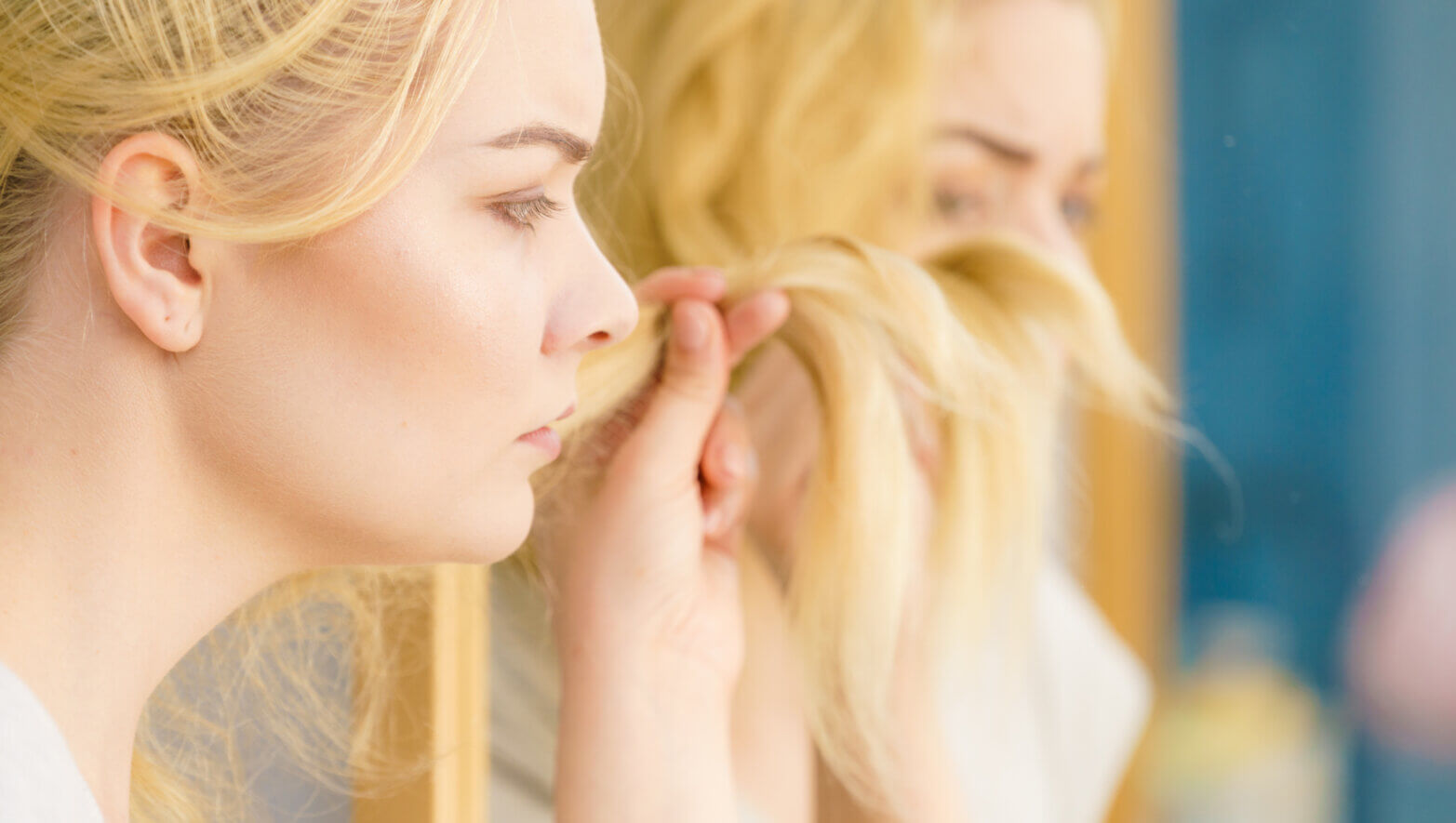


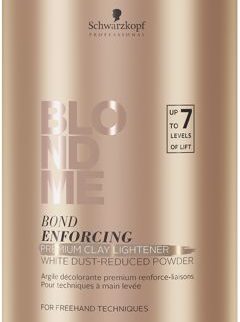
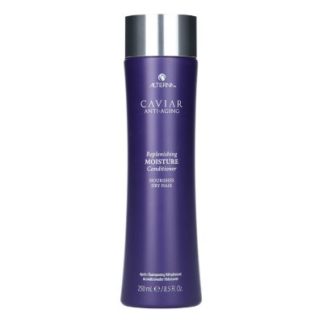

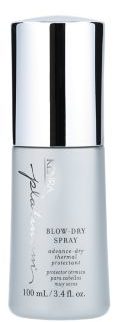
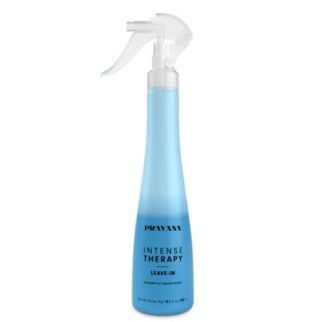
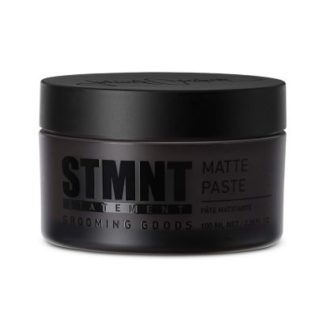

Share Your Feedback